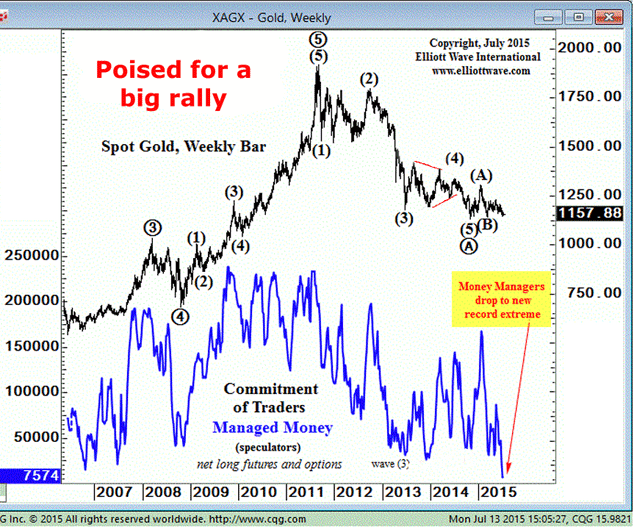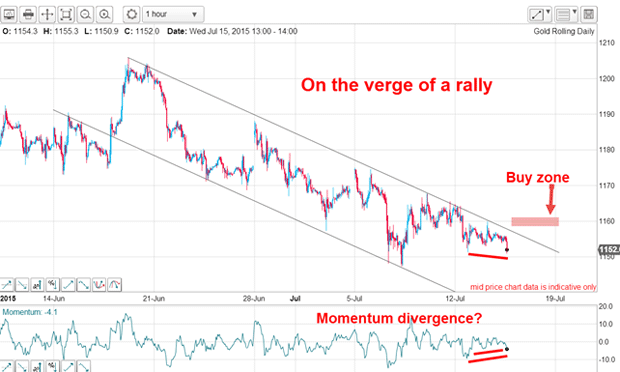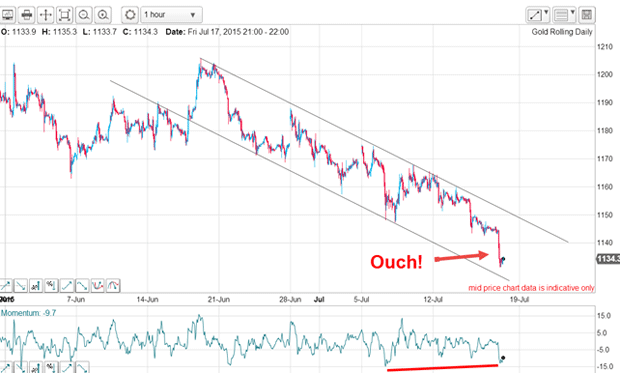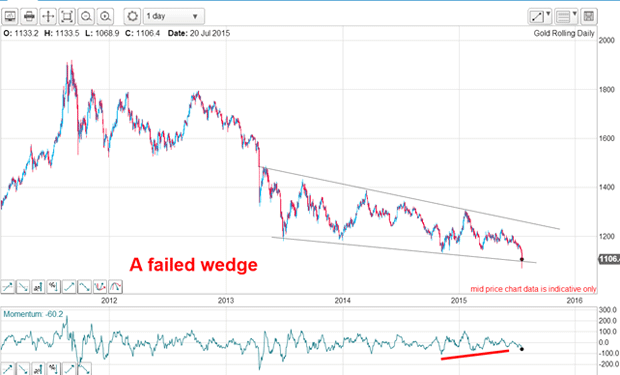Great traders don’t look back, but ahead to the next trade
If there's one mantra every trader should abide by, it's that your most important trade is your next one, says John C Burford.
I don't know about you, but I find the sport of golf to be almost as frustrating as trading! The psychology of golf (and sport in general) and the psychology of trading have a great deal in common.
The trader is alone and up against the market.
The golfer likewise is alone and up against the course and weather conditions. In both scenarios, there is great uncertainty over what lies ahead, and results depend much on personal psychology.
MoneyWeek
Subscribe to MoneyWeek today and get your first six magazine issues absolutely FREE

Sign up to Money Morning
Don't miss the latest investment and personal finances news, market analysis, plus money-saving tips with our free twice-daily newsletter
Don't miss the latest investment and personal finances news, market analysis, plus money-saving tips with our free twice-daily newsletter
This week, we have the British Open being played at St Andrews, and on Saturday, play was suspended for hours, because of the high winds. In the hiatus, I managed to catch a fine interview on the BBC with one of the greats of the game, Gary Player, who is now 80.
I remember one of his quotes from when he was winning major titles: "It's funny, but the harder I practise, the luckier I get". What a great attitude any trader can take on board.
But in that interview, he also mentioned that one of his heroes gave Gary these words of wisdom early in his career: "The most important shot is your next one, not your last".
That's another great mantra for traders. Yes, analyse where your last losing trade went wrong (ensuring the loss was within your 3% rule, of course). But unless your roadmap went completely off kilter, your job now is to look forward to see if a new trade makes sense within your trading rules.
Never let emotion rule your trades
Their ego gets heavily involved and that is usually a formula for disaster down the line. A trader making highly emotional decisions is likely making bad ones.
Naturally, we need an ego to become traders in the first place, otherwise how can we possibly believe we can 'beat' the market? After all, we are trading against some of the finest minds on the planet. Hedge funds, who dominate many of the markets we trade, are filled with very clever people who graduated top of their year at university. And they have a lot more firepower than we do.
No, to become a good and consistent trader, you need to recognise your ego and then put it to one side. Do not take losses personally the market is certainly not out to get you, even though you may have been stopped out of a long trade at the lowest tick of the day.
Remember, the most important trade is your next one.
There's no substitute for a good chart
Here is a weekly chart showing just how bearish hedge funds are:

chart courtesy www.elliottwave.com
Most of the highs and lows in gold occur at or near the peaks and troughs of sentiment. So, the conclusion is this: we are much closer to a low than a high. But hedge funds are betting heavily on a continuation of the bear trend. And you know how much I love taking money from them.
When I made my latest long entry last Wednesday I had a superb tramline pair on the hourly and with the budding momentum divergence, believed this was it! Also, the market was sitting on a Fibonacci 62% retrace of the rally off Wednesday's $1,152 low. It was time to strike:

Instead of waiting for confirmation, which a break of the upper tramline into the buy zone would have offered, I jumped the gun and paid the price. In fact, the market instead of breaking up, broke down and took out my stop:

That little lapse cost me, and I know what I did that was wrong. But what saved me was my use of a stop-loss within the 3% rule.
So I have put that one behind me and am now focusing on the next trade set-up. It is time to go back to the daily chart for ideas and this is what I find this morning:

This is the daily chart showing the 2011 high and the huge multi-year wedge that formed. Because of the momentum divergence that has been building, I expected that lower wedge line to be the most likely maximum downside. But the overnight plunge to $1,068 produced a spike that burst through that level.
But if that low is the final wash-out of the longs in a selling exhaustion, my wedge would still remain operative. In that case a spike low, which is very common in gold, would appear on the chart and set up the reversal that would chase many shorts to cover.
It all depends on how the market performs over the next few days, and I shall be watching it like a hawk.
Get the latest financial news, insights and expert analysis from our award-winning MoneyWeek team, to help you understand what really matters when it comes to your finances.
John is is a British-born lapsed PhD physicist, who previously worked for Nasa on the Mars exploration team. He is a former commodity trading advisor with the US Commodities Futures Trading Commission, and worked in a boutique futures house in California in the 1980s.
He was a partner in one of the first futures newsletter advisory services, based in Washington DC, specialising in pork bellies and currencies. John is primarily a chart-reading trader, having cut his trading teeth in the days before PCs.
As well as his work in the financial world, he has launched, run and sold several 'real' businesses producing 'real' products.
-
 Rightmove: Biggest January rise in property asking prices in 25 years
Rightmove: Biggest January rise in property asking prices in 25 yearsThe traditional Boxing Day bounce and post-Budget positivity combined to create a 2.8% jump in property asking prices, data suggests
-
 PayPoint: A promising stock for income-seekers
PayPoint: A promising stock for income-seekersPayPoint, a household name across Britain, is moving away from its traditional roots toward a digital future. Investors after a steady income should buy in